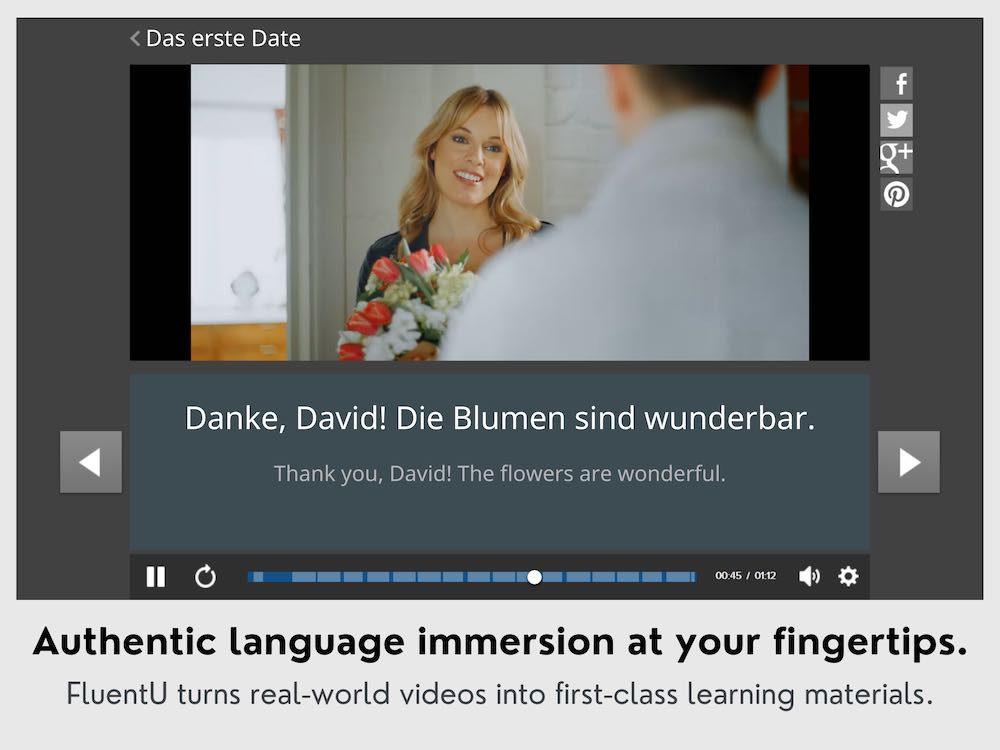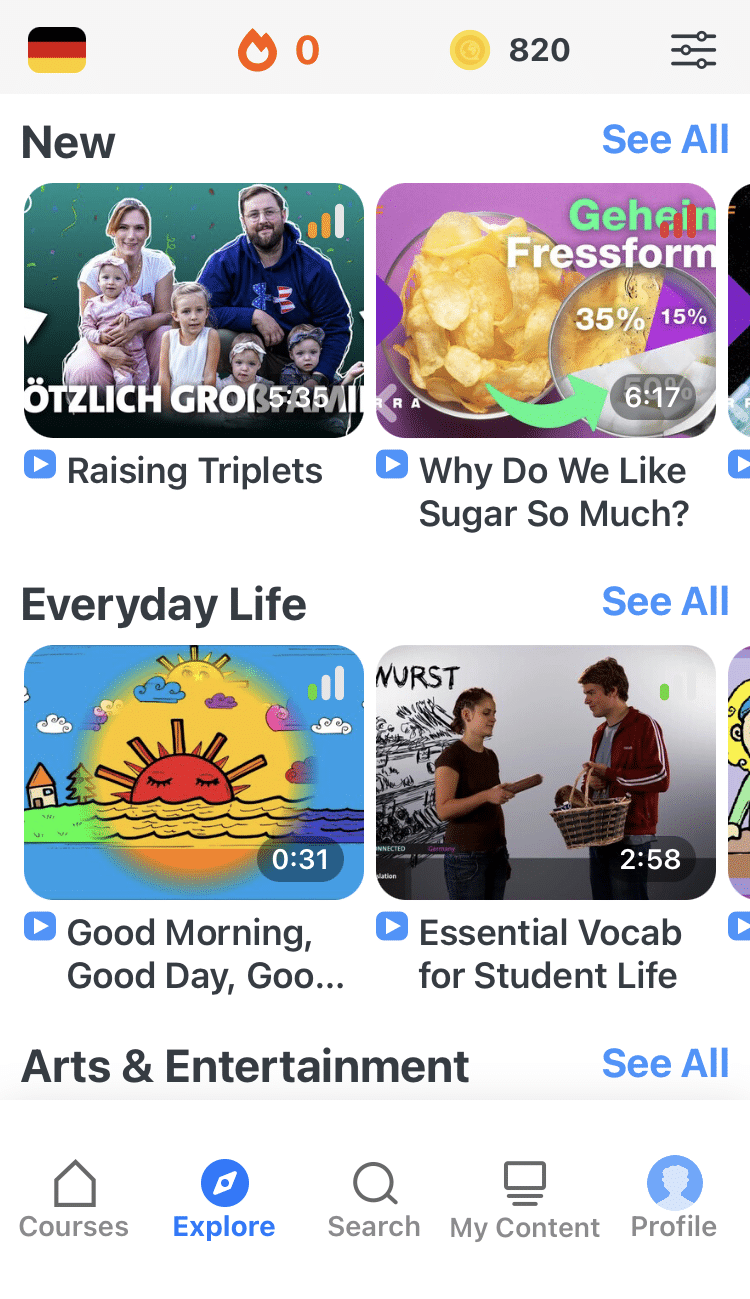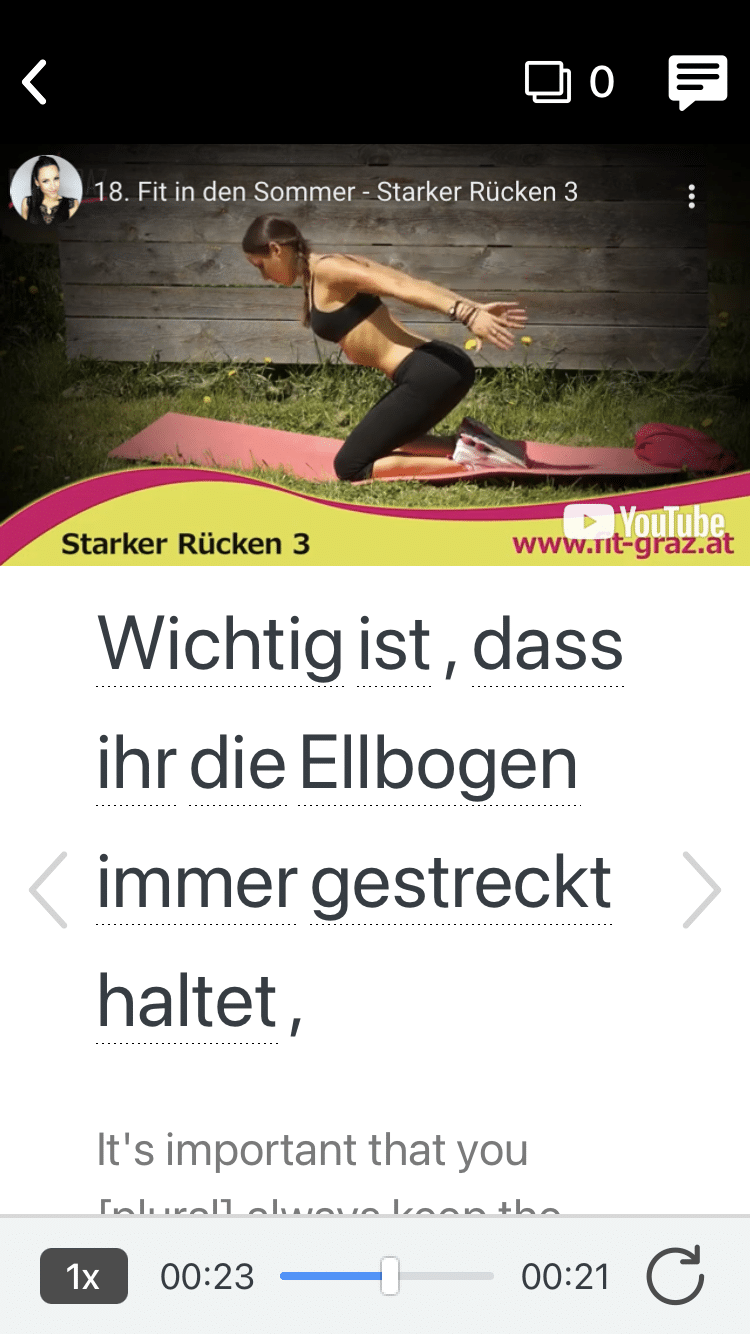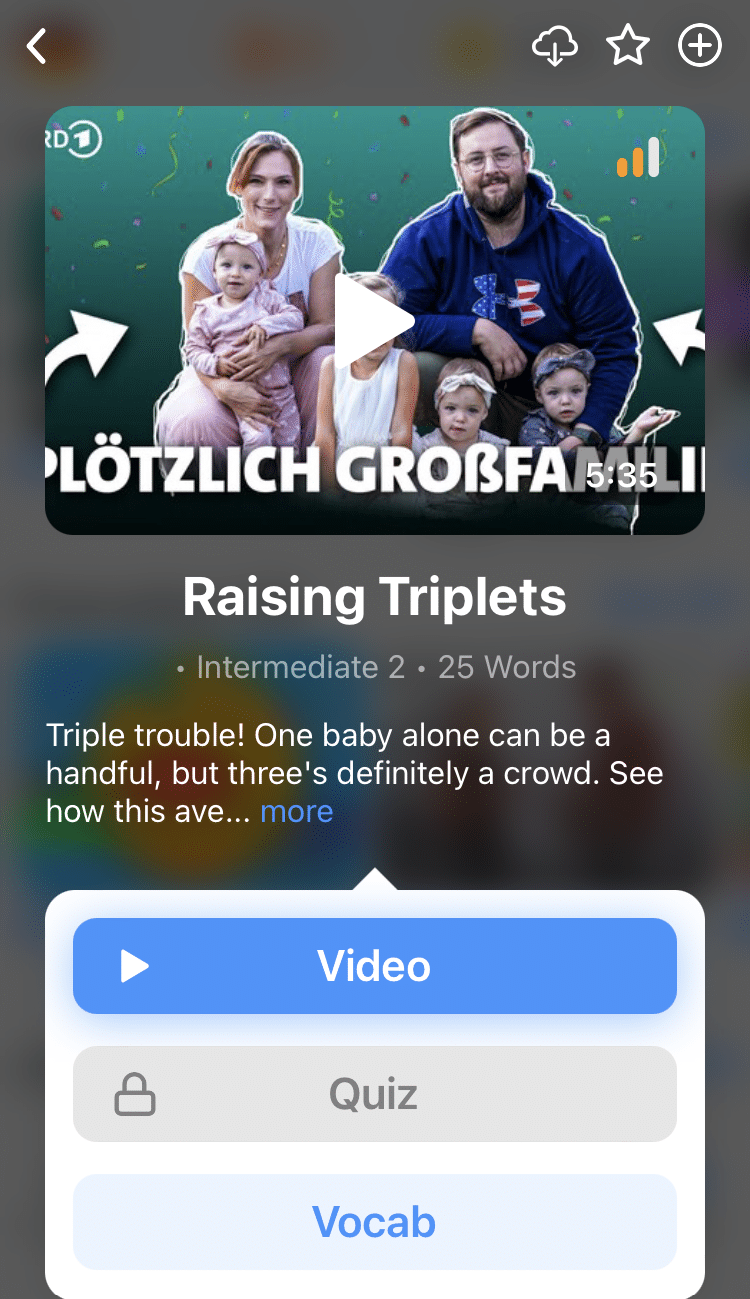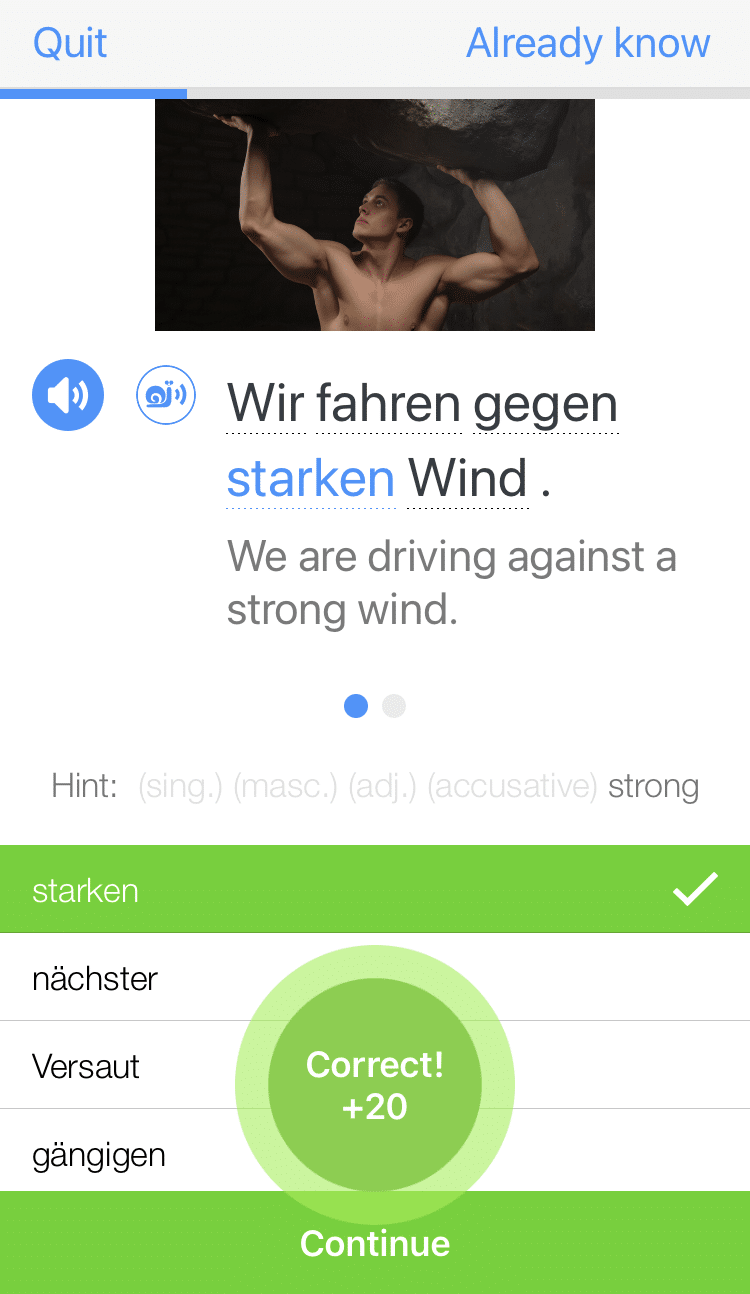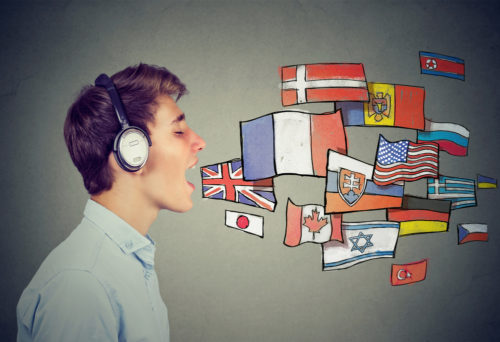
Dialects and Languages Spoken in Germany
You know how to say “hello” in German.
But do you know how to say it in all the other languages spoken in Germany?
In Turkish, you would say “Merhaba,” Polish speakers use the word “cześć,” the Kurds greet you with “Slav” and the Russians utter “Здравствуйте.” In Danish, the word is “Hej” and the Romani say “sarmai san.”
We may assume German is the most commonly spoken language in Germany, but there are quite a few other languages spoken there as well.
In this article, we’ll explore the languages spoken in Germany and touch on German dialects as well. Because even as you read this post, languages are evolving as speakers interact across cultures, borders and perspectives.
So keep reading to learn more about the languages you might not have known are spoken in Germany!
Download: This blog post is available as a convenient and portable PDF that you can take anywhere. Click here to get a copy. (Download)
Why Learn About the Many Spoken Languages in Germany?
Languages tell us a lot about the people who speak them.
And when there are quite a few languages spoken in the same place, we can measure the diversity of cultures that are living and interacting within that area. Plus, tracking languages over time allows us to pinpoint immigrant populations, both past and present.
Since most of us who don’t live in Germany often assume that all residents speak the Muttersprache (mother tongue), knowing what other languages exist in German culture gives us a better picture of how diverse, authentic and overall beautiful Germany is.
Germany isn’t just full of German speakers!
And since languages differ in both words and pronunciation, it’s important to understand where accents and dialects come from, as well. Having an accent associates a speaker with certain geographical areas and cultural backgrounds.
If you’re planning to go to Germany, learning the standard German language will give you a good foundation for interacting with locals, regardless of how many other languages they speak.
For an even more authentic German learning experience—one that will equip you for making stronger connections with German speakers when you visit their homeland—you’ll want to embrace the language as it’s used by native speakers in their everyday lives.
Where Else in the World Is German Spoken?
Okay, so we’ve established that German isn’t the sole language spoken in Germany.
But German also isn’t solely spoken in Germany!
So where else is German spoken?
Germany’s surrounding countries include Austria, Switzerland, Luxembourg, Belgium and Lichtenstein, all of which are home to German speakers. In fact, German is one of the five most widely spoken languages in the EU.
As you might’ve guessed, there are plenty of German speakers in the United States. Did you know that in North Dakota, German is the third most commonly spoken language?
It’s true!
This just goes to show how far the German culture has spread with immigrant populations.
And even that distance is shortened by online language learning programs that bring the opportunity to learn German to anyone with internet access.
Just think about it—by learning German, you’re adding to those statistics this very moment!
Dialects and Languages Spoken in Germany: Multiculturalism auf Deutsch
The Many Languages Spoken in Germany
About one-third of Germans speak another language in addition to their mother tongue, which is typically English since it’s widely taught in schools.
But another common way residents of Germany come to know another language is through immigration.
For example, Turkish, Polish, Balkan languages, Kurdish and Russian are the most commonly spoken immigrant languages of Germany.
Finally, Danish and Romani are also spoken by a minority of residents.
As you can see, with each wave of immigrants comes a new language, cultural influence and a new way of perceiving the world around us.
The Many Dialects Spoken in Germany
Take a closer look at the dialects found within Germany’s borders and you’ll quickly connect the dots as to which cultures have influenced the language and in which geographical areas.
Dialects are essentially the sister languages spoken by the German people.
Most dialects are characterized by specific ways their speakers use to express ideas or pronounce words. These “components” become a dialect’s key features because they’re what make the dialect different than Standard German.
Unraveling the tangled web of language is not an easy task by any means. However, there are identifiable dialects spoken in Germany.
Most of them stand in contrast to what’s known as Standarddeutsch (Standard German) or Hochdeutsch (High German).
This is the standardized form of German you’re most likely to come across, and is used by individuals and businesses as a sort of lingua franca of the German-speaking world, with its formalized rules for spelling, punctuation and vocabulary sanctioned by the all-mighty the “Duden” (The most popular German dictionary).
From there you’ll find Swiss German (Schweizerdeutsch) and Austrian (Österreichisches Deutsch).
Bavarian (Bayerisches Deutsch) has that same lilting quality to it that follows the image of many polka bands dressed up in die Lederhose (lederhosen). You’ll be greeted with a jolly “Hallo!” and a joyful uttering of the German language you’re more familiar with.
Just remember that decoding these dialects takes both patience and a trained ear, even for the most fluent of speakers.
Other dialects spoken in Germany include Upper and Lower Sorbian, Frisian, Swabian, Berlin, Upper Saxon, Low German and Pennsylvania “Dutch.”
As time goes on, these dialects wax and wane with the populations that either keep them alive or leave them to the history books.
You can get exposure to different German accents and dialects on FluentU.
FluentU takes authentic videos—like music videos, movie trailers, news and inspiring talks—and turns them into personalized language learning lessons.
You can try FluentU for free for 2 weeks. Check out the website or download the iOS app or Android app.
P.S. Click here to take advantage of our current sale! (Expires at the end of this month.)
Which Languages Are Taught in German Schools?
With these dialects and foreign languages in mind, what kind of language offerings are available to German students?
English is one of the top foreign languages taught in German schools, and it’s easy to see why. English has become one of the languages most non-native speakers learn in order to better their chances in a global economy.
That said, many of the same languages taught in American schools are also available to German students.
For example, children can choose from French, Latin, Dutch, Spanish, Greek, Polish and Russian. German actually borrows words from quite a few of these languages.
Much like in the United States, most German students choose a language based on the career path they desire. But other factors—such as cultural heritage—certainly play a part in choosing a second language as well.
And if a certain dialect is predominantly spoken in a specific region, Standard German is always taught as the official language.
Within this framework, though, students are encouraged to “forget their dialect” and instead speak the official language. In other words, students who are native speakers of different dialects are encouraged to leave them at home and use Standard German at school instead.
Under these teachings, accents are often homogenized, making speakers sound as if they’ve spoken Standard German their entire life.
This can be both an achievement and a challenge for most speakers, since our first language imprints upon us in a completely different way than our second.
Regardless of which language anyone has learned first, both lead us to perceive the world in new and amazing ways.
We use language to communicate every day. It’s something we may often take for granted, but there’s a lot to learn about the languages we speak. There’s much more to it than just words, and that’s what’s beautiful about them!
Download: This blog post is available as a convenient and portable PDF that you can take anywhere. Click here to get a copy. (Download)
And One More Thing...
Want to know the key to learning German effectively?
It's using the right content and tools, like FluentU has to offer! Browse hundreds of videos, take endless quizzes and master the German language faster than you've ever imagine!
Watching a fun video, but having trouble understanding it? FluentU brings native videos within reach with interactive subtitles.
You can tap on any word to look it up instantly. Every definition has examples that have been written to help you understand how the word is used. If you see an interesting word you don't know, you can add it to a vocabulary list.
And FluentU isn't just for watching videos. It's a complete platform for learning. It's designed to effectively teach you all the vocabulary from any video. Swipe left or right to see more examples of the word you're on.
The best part is that FluentU keeps track of the vocabulary that you're learning, and gives you extra practice with difficult words. It'll even remind you when it’s time to review what you’ve learned.
Start using the FluentU website on your computer or tablet or, better yet, download the FluentU app from the iTunes or Google Play store. Click here to take advantage of our current sale! (Expires at the end of this month.)
